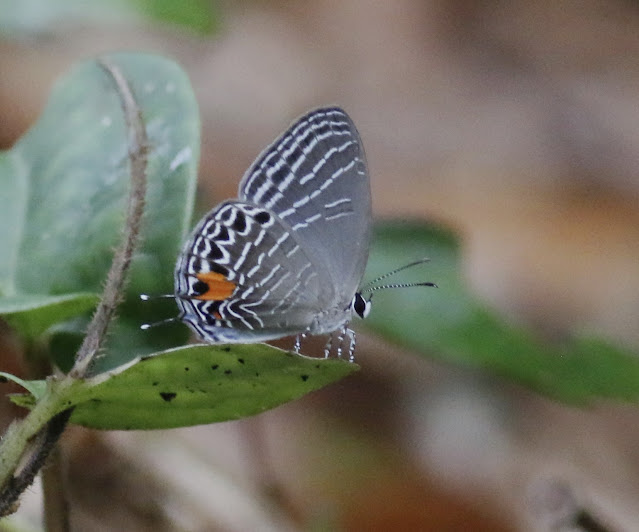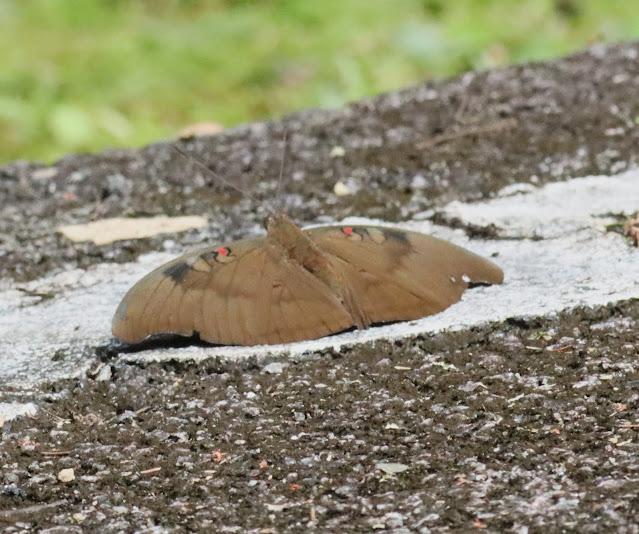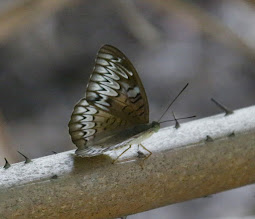As we welcome the new year, some of us would have make some grand wishes. There might be some who wish to get more richer while some would just wish that they are healthy and fit. For me my wish is that I will be fit enough to enjoy my hobby of photographing as many butterflies as possible. There is no other better butterfly to end the year 2022 than a pristine looking female Charaxes bernadus crepax (Tawny Rajah).
Tawny Rajah (female)
I took loads of shots of this butterfly as it puddled leisurely around.
I felt liked it has descended down from Heaven as it appeared suddenly in front of me.
The female of this species is huge and this one is not bothered by my close presence.
When a butterfly is beautiful, it will be nice whether it goes upside down or whether it goes sideways.
At a certain angle, her antenna looks a bit bluish in colour.
Tawny Rajah Charaxes bernadus crepax
Taking minerals from a concrete embankment.
Next up is a Tajuria.
Flash Royal (Tajuria deudorix ingeni)
This species I believe is not common.
This butterfly was seen in Gopeng, Perak.
Burmese Cerulean (Jamides philatus subditus)
Long Branded Blue Crow (Euploea algea menetriesii)
To confirm the nomenclature of this butterfly is not easy. One also need to see its 'brand' as shown by the photo below.
It can be seen mostly in lowland areas.
At a certain angle, you can see a bluish sheen at its forewing costa region.
Long Branded Blue Crow (Euploea algea menetriesii)
Stripped Blue Crow (Euploea mulciber mulciber)
This male 'crow' is even more common then the earlier one.
Malayan Lascar (Lasippa tiga siaka)
A little chip at the tip of its forewing doesn't hurt.
Yellow Flash (Rapala domitia domitia)
This one looks like a male.
Prosotas nora superdates (Common Line Blue)
The more yellowish colour of this butterfly points it to a female.
A Dark Glassy Tiger (Parantica agleoides agleoides) sampling a flower of the bidens plant.
This is most likely a male and it's smaller than the rest of the Parantica subspecies.
A nice looking Dark Grass Brown (Orsotriaena medus cinerea)
Lastly here is a seldom photographed female Red Spot Duke (Dophla evelina compta)
Although the male looks more colourful but she has her own beauty.
She is a strong flier and seldom come down to rest except this time.
THAT'S ABOUT IT !
SAYONARA FOLKS. TILL WE MEET AGAIN NEXT YEAR WITH MORE INTERESTING PHOTOS OF THE BUTTERFLIES IN PENINSULAR MALAYSIA


























































.JPG)